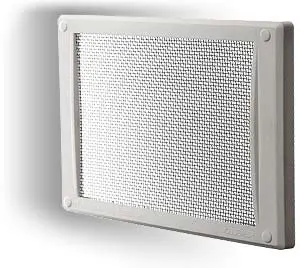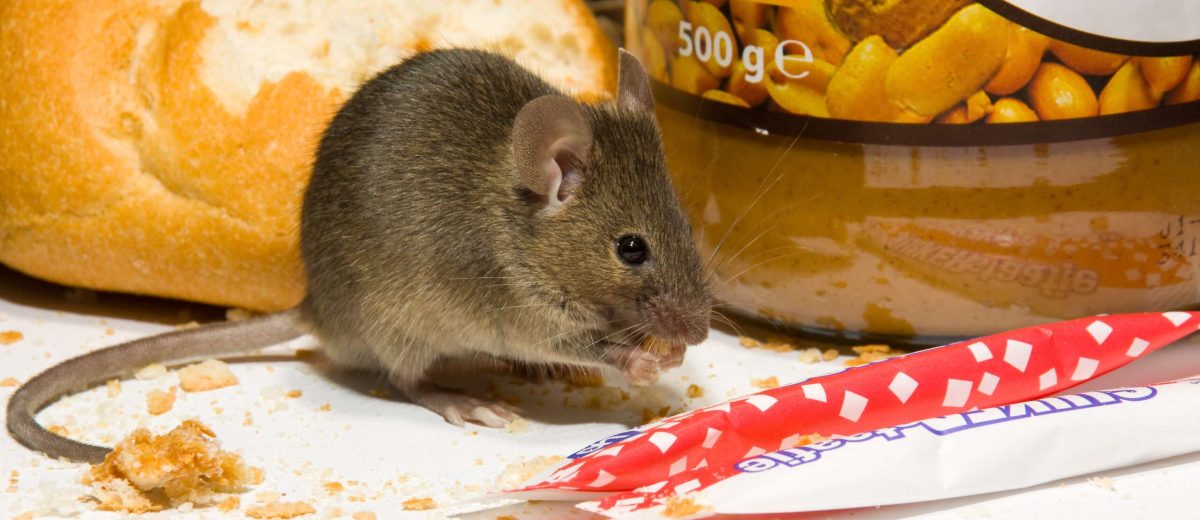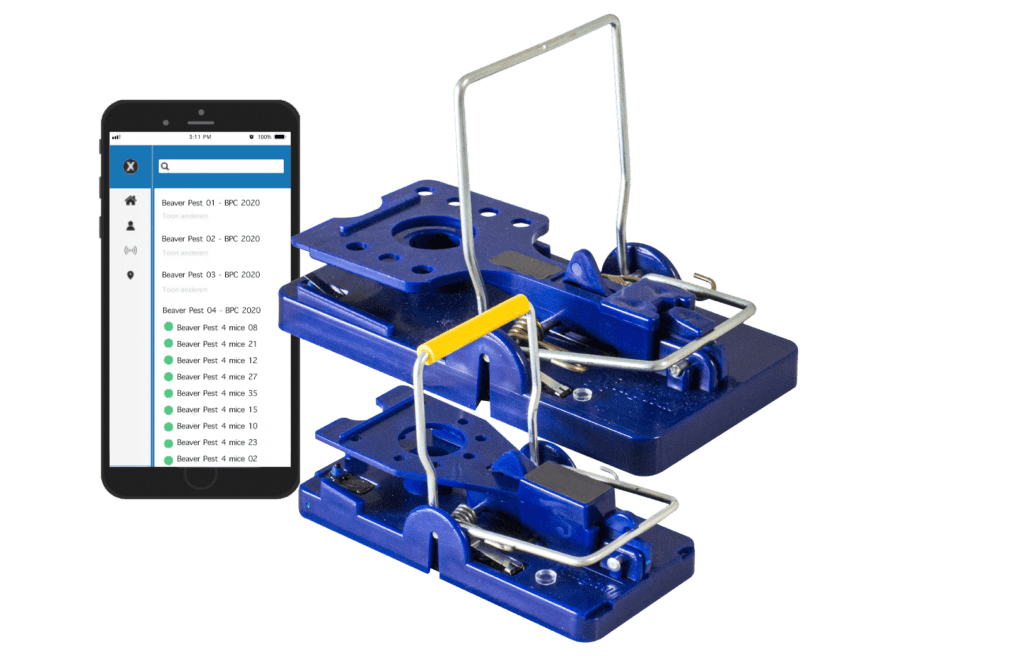Having mice in your home can be a very distressing and difficult time for anyone. Mice are known to carry and spread diseases such as Salmonella and Listeria through their urine, droppings and bedding. If you have noticed signs of a mouse infestation, it’s important to act quickly. Mice are prolific breeders and can have up to 12 pups each breeding cycle which can make clearing an infestation tricky. Use our 7-step guide to dealing with house mice to help you regain control of your home and learn how to get rid of house mice. If you’re facing a persistent mouse problem that seems impossible to tackle on your own, it may be time to enlist the help of a professional mouse exterminator.
Our 7 Step Guide: How to get rid of house mice
1. Identify the Source of Your Mouse Problem
Your first step to getting a mouse-free home is to get your Sherlock Holmes hat on try and work out where the mice are getting in from. Mice only need a 5mm gap to gain entry, as a rule of thumb, if you can fit a pencil through the gap, a mouse can get through. It is also important to identify the pest to ensure you are in fact dealing with a house mouse. Use our helpful rodent identification tool to help.
2. Seal holes and entry points
Prevention is better than a cure so even if you don’t have a current mouse infestation, we always recommend homeowners and tenants carry out proofing to prevent entry to mice. Sealing holes with wire wool and quick-setting cement is the most effective form of pest prevention. Proofing is a long-lasting solution for mouse control and can be undertaken at any time. Focus on low-level holes or gaps first as these are the most likely culprits for mouse ingress. If these are all sealed and you still have ongoing mice ingress then consider higher-up vents or gaps.

Mouse mesh and vent covers are well used in pest control and building maintenance, particularly in urban areas like London where pest infestations are common.
Mouse mesh, also known as wire mesh or wire netting, is a finely woven metal screen typically made from materials like stainless steel or aluminium. They are designed to prevent rodents and other pests from entering buildings through small openings such as gaps in walls, vents, or pipes. Mouse mesh is highly effective because it’s durable, resistant to corrosion.
3. Restrict access to harbourage
Mice will build nests near food sources and will mark their territory leaving a strong smell. This means removing nesting materials is important to prevent mice from making themselves comfortable in your home. Clearing overgrowth and piles of wood or debris from your garden and making sure the mice can’t access your bins will help. Ensure your bins have tight-fitting lids and there are no holes in the base.
4. Remove food sources
Mice will eat almost any human food but prefer grain-based products. Mice are reliant on food and, if necessary, can go a month or more without water by extracting water from food sources. Whilst restricting access to food and water may not kill off the mice infestation, your home will be much less inviting for the mice. Mice will eat little and often so sweeping up crumbs from the floor and under cabinets is important.
5. Install door sweeps or bristle strips
If your external doors have a 4mm gap, it would be a good idea to have bristle strips installed to prevent mice from gaining entry through the door.
6. Use traps
If you have mice inside your home, you will need to still use mouse traps or poison to prevent the population from growing and eradicate the infestation. We recommend for amateur use; break back traps.
*Use of over-the-counter poisons is restricted, and we know from ongoing research that mouse populations in London and some other cities are showing resistance to traditional rodenticides making these poisons ineffective. There is also a risk of secondary poisoning of birds and other creatures if used incorrectly.
Break-back mouse traps should be placed near the mice activity (where you have seen the mice or found droppings). Ironically, cheese is not the best bait for most mice. We find mice prefer peanut butter, nutty chocolate, raisins or similar attractive foods.
WARNING: When placing traps be sure to place them out of reach of non-target animals, children and pets.
7. Call the professionals
We always recommend using a professional pest controller to get your problem dealt with quickly, effectively and safely. Our local technicians have vast experience in dealing with mice in homes and can support you in clearing your mouse infestation and will give you advice and recommendations to prevent future mouse ingress. Our technicians have access to commercial-grade rodenticides if necessary which are effective for mouse extermination. They are trained to ensure the baits are placed in a safe way to protect non-target species, children and pets.
Contact us today at 0208 3553 3443 to book a technician and resolve your mouse problem once and for all



